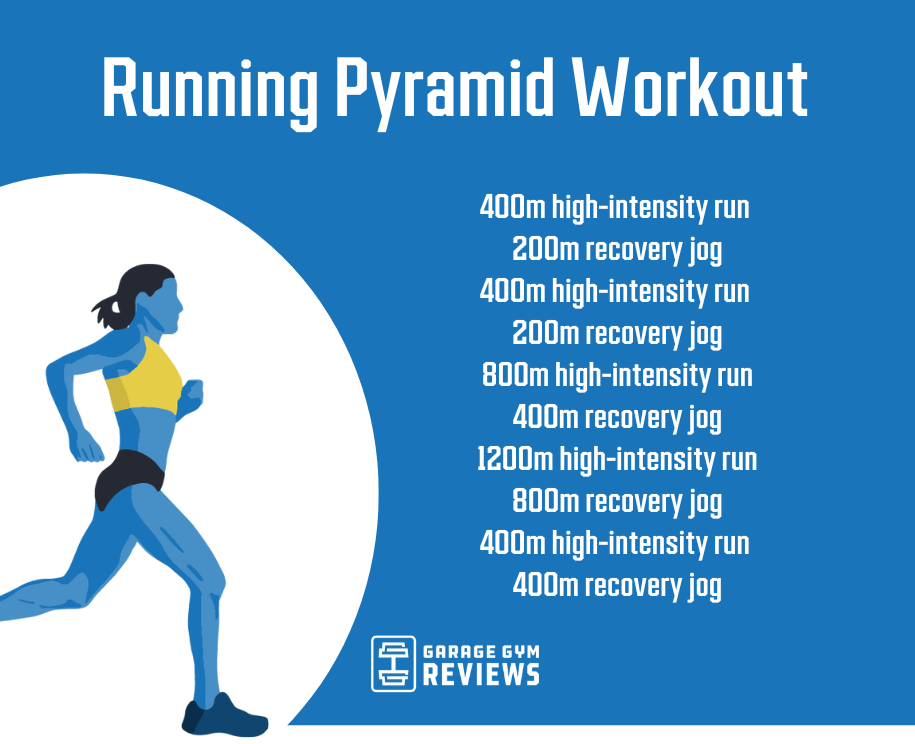Master Your Running Workout: Reliable Strategies for Success
Master Your Running Workout: Reliable Strategies for Success
Blog Article
Managing Usual Running Pains: Reasons, Solutions, and Prevention
As joggers, we usually experience different discomforts that can hinder our efficiency and enjoyment of this physical activity. By discovering the origin reasons for these operating pains, we can uncover targeted remedies and precautionary procedures to make certain a smoother and extra meeting running experience.
Typical Running Discomfort: Shin Splints
Shin splints, a typical running discomfort, frequently result from overuse or incorrect shoes throughout physical activity. The repetitive stress and anxiety on the shinbone and the tissues connecting the muscular tissues to the bone leads to inflammation and pain.
To stop shin splints, people need to gradually increase the strength of their workouts, put on proper footwear with correct arch support, and keep flexibility and strength in the muscles surrounding the shin (running workout). Additionally, including low-impact tasks like swimming or cycling can aid preserve cardiovascular fitness while permitting the shins to heal.
Common Running Pain: IT Band Disorder
Along with shin splints, another widespread running discomfort that professional athletes usually encounter is IT Band Syndrome, a problem triggered by swelling of the iliotibial band that leaves the external thigh and knee. IT Band Syndrome generally manifests as discomfort outside of the knee, specifically throughout activities like running or cycling. The iliotibial band is a thick band of fascia that attaches the aware of the shin, and when it ends up being inflamed or tight, it can massage versus the thigh bone, leading to pain and discomfort.
Runners experiencing IT Band Disorder might discover a painful or aching feeling on the external knee, which can intensify with ongoing activity. Aspects such as overuse, muscle discrepancies, inappropriate running form, or insufficient workout can contribute to the development of this problem.
Usual Running Pain: Plantar Fasciitis

Plantar Fasciitis can be attributed to various aspects such as overtraining, inappropriate shoes, operating on hard surface areas, or having high arcs or flat feet. To stop and relieve Plantar Fasciitis, runners can incorporate stretching exercises for the calves and plantar fascia, use encouraging shoes, preserve a healthy and balanced weight to minimize strain on the feet, and progressively increase running intensity to prevent sudden stress and anxiety on the plantar fascia. If signs persist, it is advised to speak with a healthcare expert for proper diagnosis and therapy options to resolve the problem effectively.
Common Running Discomfort: Runner's Knee
After addressing the challenges of Plantar Fasciitis, an additional common concern that runners usually deal with is Jogger's Knee, an usual running pain that can impede sports performance and trigger pain during physical activity. Runner's Knee, likewise known as patellofemoral discomfort syndrome, manifests as pain around or behind the kneecap. Joggers experiencing this discomfort might feel a dull, aching pain while running, going up or down stairs, or after extended durations of sitting.
Typical Running Pain: Achilles Tendonitis
Commonly afflicting joggers, Achilles Tendonitis is an uncomfortable condition that impacts the Achilles tendon, causing discomfort and prospective limitations in exercise. The Achilles tendon is a thick band of cells that links the calf muscles to the heel bone, crucial for tasks like running, leaping, and walking - see here. Achilles Tendonitis often develops as a result of overuse, incorrect footwear, insufficient stretching, or sudden boosts in physical activity
Symptoms of Achilles Tendonitis include discomfort and stiffness along the tendon, especially in the morning or after durations of lack of exercise, swelling that gets worse with task, and perhaps bone stimulates in persistent instances. To stop Achilles Tendonitis, it is important to stretch correctly in the past and after running, put on appropriate shoes with appropriate support, progressively boost the intensity of workout, and cross-train to minimize repeated stress and anxiety on the ligament. Therapy might include rest, ice, compression, elevation (RICE procedure), physical therapy, orthotics, and in severe cases, surgical procedure. Early intervention and appropriate treatment are vital for managing Achilles Tendonitis effectively and stopping long-term issues.
Verdict

Report this page